Buy or gift a stand-alone digital subscription and get unlimited access to dozens of back issues for just £18.99 / $18.99 a year.
Please register at www.exacteditions.com/digital/cornucopia with your subscriber account number or contact subscriptions@cornucopia.net
Buy a digital subscription Go to the Digital EditionFor the greatest collection of 16th-century Iznik tiles in the world, head to this mosque. It is down a busy street by the Spice Bazaar where they make everything wooden, from rolling pins to barrels. The entrance, up a dark flight of stairs, in no way prepares you for the blaze of colour within: an Iznik paradise garden.
John Carswell in his article ‘Tiled in Splendour’ (Cornucopia 13):
‘The mosque was built in honour of the grand vizier Rüstem Pasha, by order of his wife Princess Mihrimah, Süleyman the Magnificent’s daughter… Reputedly the richest woman in the world, [she] chose to commemorate him with a garden – for the interior of the mosque is nothing less than that. And what a garden! Nobody in real life ever grew one that combined the natural flowers familiar to all Turks with the most unnatural chinoiserie deriving from the peony and the lotus, cloud scrolls and arabesques.
‘There is evidence to suggest that these tiles, dating from about 1560, represent the first flowering of the mature phase of Iznik ceramics, with a stunning use of brilliant cobalt blue and turquoise, as well as a novel scarlet red. It has a slightly transparent quality and predates the development of the thickly impasted relief red that is the hallmark of Iznik in the rest of the century.’
Gülru Necipoğlu writes in her indispensible book The Age of Sinan:
‘The sheer number of tiles must have been even more overwhelming at the time the mosque was inaugurated, for it was the first grand vizerial foundation to boast ‘classical’ Iznik tiles recently introduced at the Süleymaniye (c.1556–59).’
The mosque of Rüstem Pasha had been out of circulation for the past few years, for total restoration. I was apprehensive when it opened its doors again, but needlessly so, for it has been cleaned and restored with the essence of good taste, even to the choice of velvety red carpet, with subtle pale olive bands to align the faithful. And this is perhaps the point, for Rüstem Pasha is still the spiritual centre of Tahtakale, the warren of streets next to the Bazaar, as well as the greatest of all tiled monuments in Istanbul.
Seen from across the Golden Horn, it assumes an importance disproportionate to its size, for two reasons. First, being built on stone arcades, it is a first-floor building, and thus automatically detaches itself from the vibrant activity of the streets below: the wood-turners, tinsmiths, brass workers and myriad other craftsmen who are its parishioners. Second, this elevation contrasts the building directly with Sinan’s great masterpiece, the Süleymaniye Mosque, which dominates the hilltop above. But the Süleymaniye is far away, and Rüstem Pasha is close, and to the distant spectator, this perspective makes them curiously equal. As it was Sinan who also designed Rüstem Pasha, one wonders if this may have been an intentional effect.
But apart from the size, there is a spectacular difference, and this concerns their decoration. With all of Sinan’s hundreds of buildings, many constructed when the Iznik tile industry was at its peak, his use of tile ornament is sober, controlled and sparing. It never relinquishes the subsidiary role in the scheme of things. But in Rüstem Pasha it is as if, having solved the problem of structure and location, Sinan opted out. Or perhaps he was commanded to produce plain surfaces for the precise purpose of plating them with tiles. We do not know…
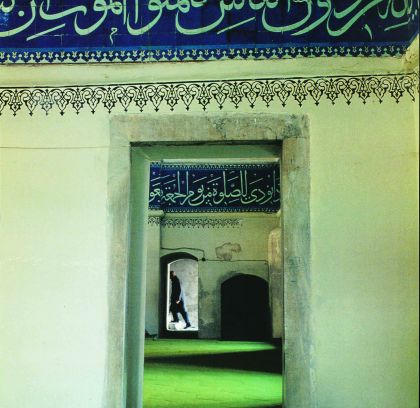
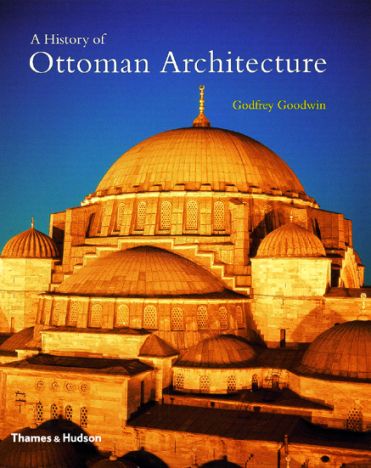
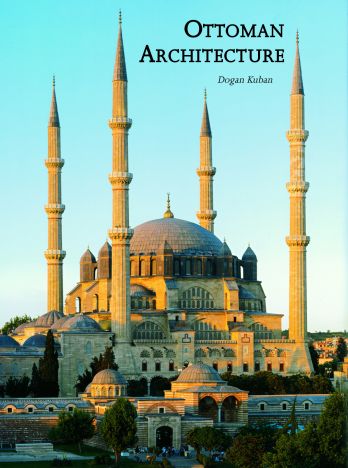
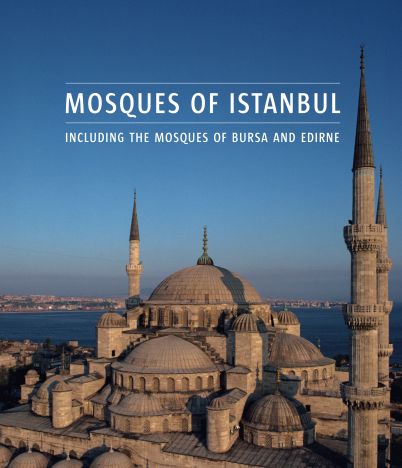
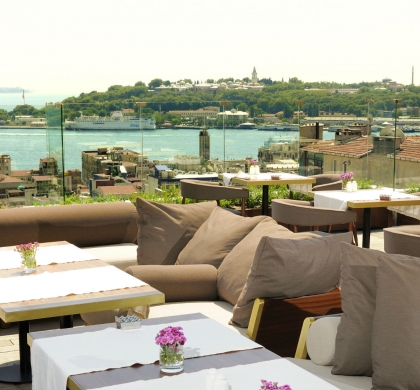
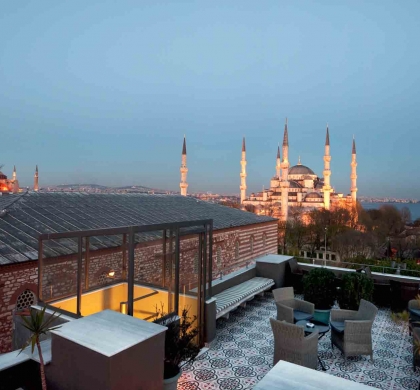
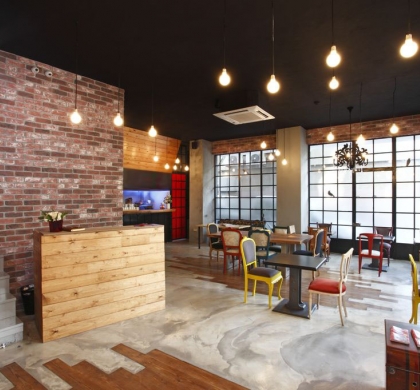
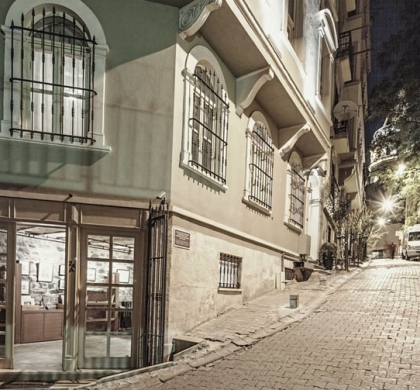
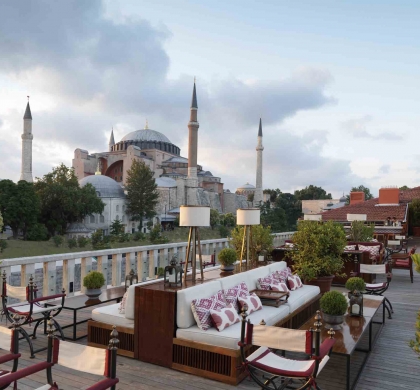
 Issue 66, December 2023
Turkey’s Centenary Issue
Issue 66, December 2023
Turkey’s Centenary Issue

Cornucopia works in partnership with the digital publishing platform Exact Editions to offer individual and institutional subscribers unlimited access to a searchable archive of fascinating back issues and every newly published issue. The digital edition of Cornucopia is available cross-platform on web, iOS and Android and offers a comprehensive search function, allowing the title’s cultural content to be delved into at the touch of a button.
Digital Subscription: £18.99 / $18.99 (1 year)
Subscribe now